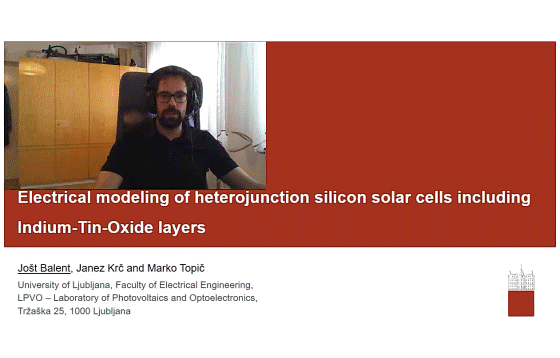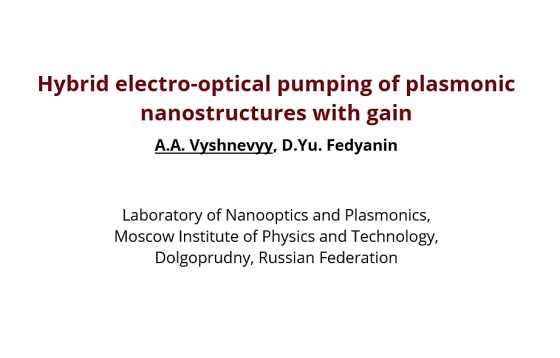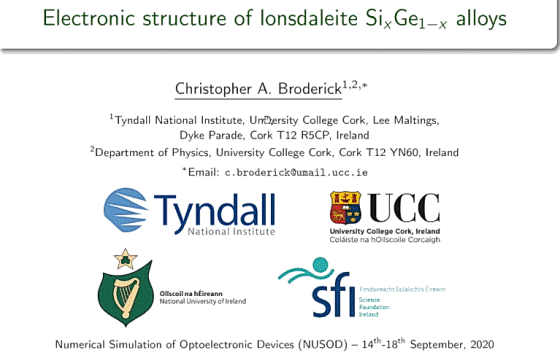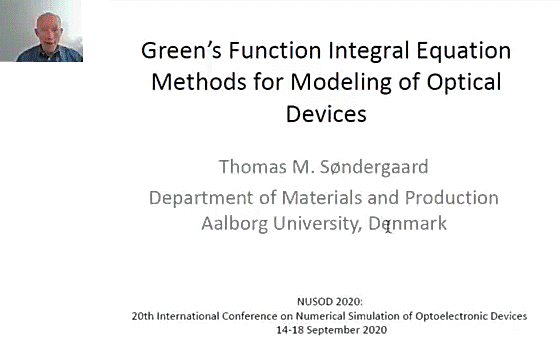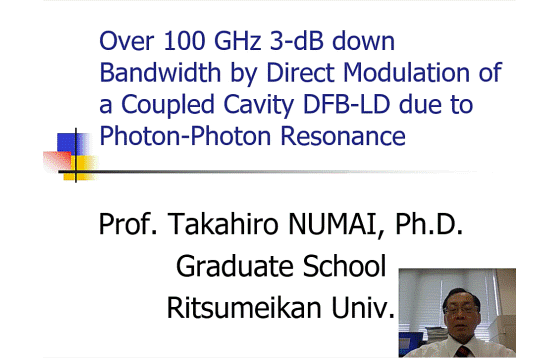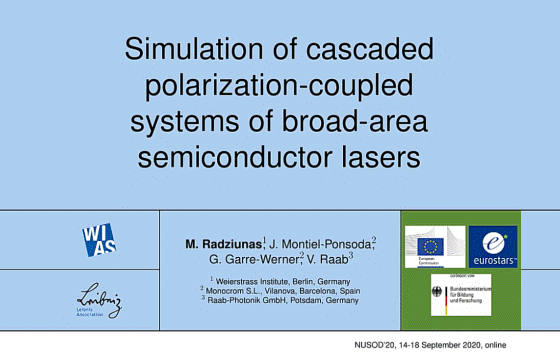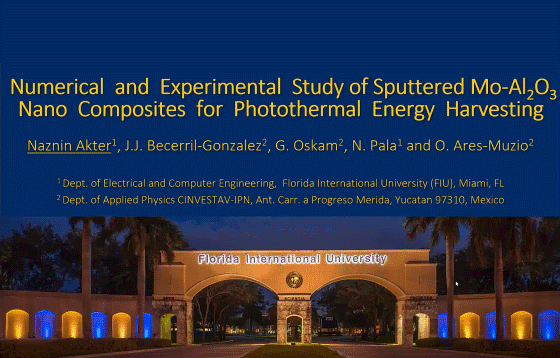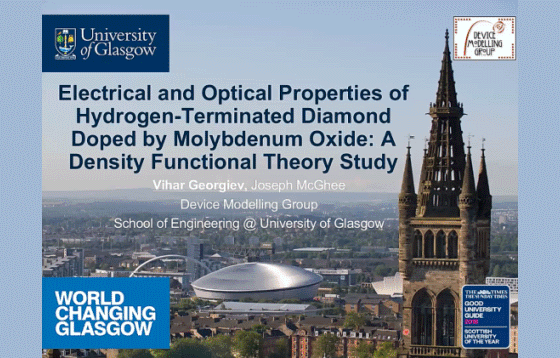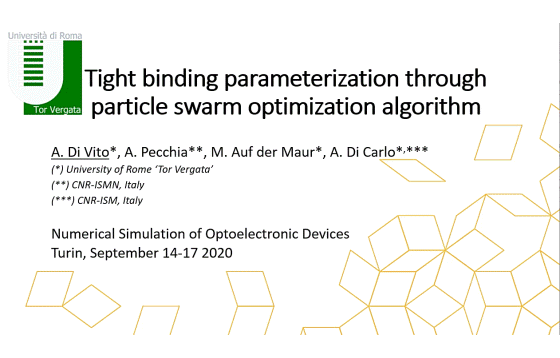SC06–Electrical modeling of heterojunction silicon solar cells including Indium-Tin-Oxide layers
In this contribution we performed opto-electrical simulations of heterojunction silicon (HJ Si) solar cell with Indium-Tin-Oxide layers included in simulations as front and rear contacts. Two-dimensional numerical simulations using Sentaurus TCAD software were carried out. We studied the effect of defect state density in p- and n-type hydrogenated amorphous silicon layers on device performance. Rigorous […]




